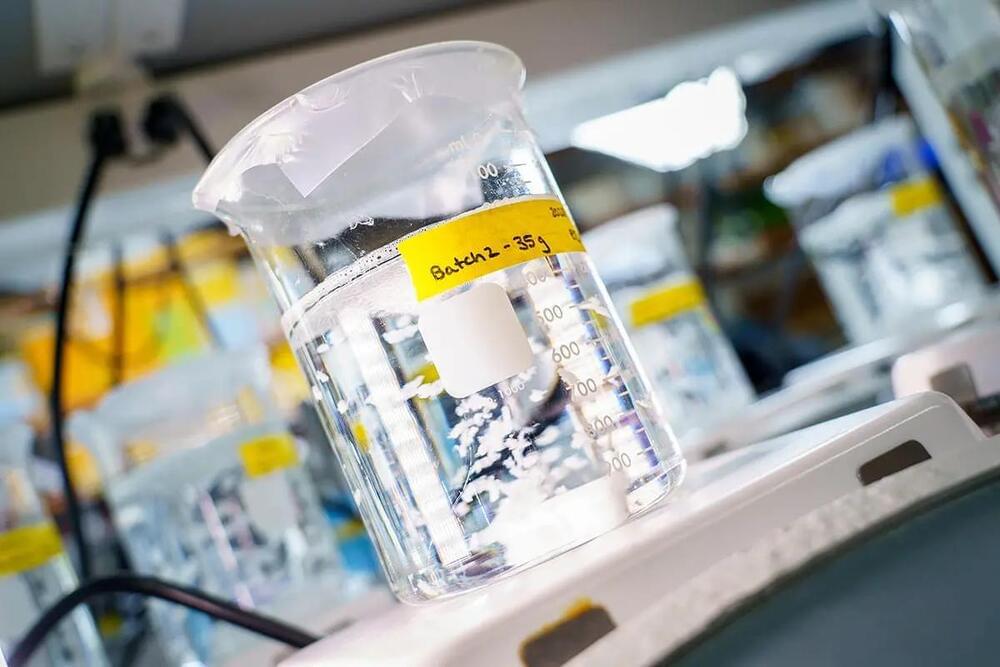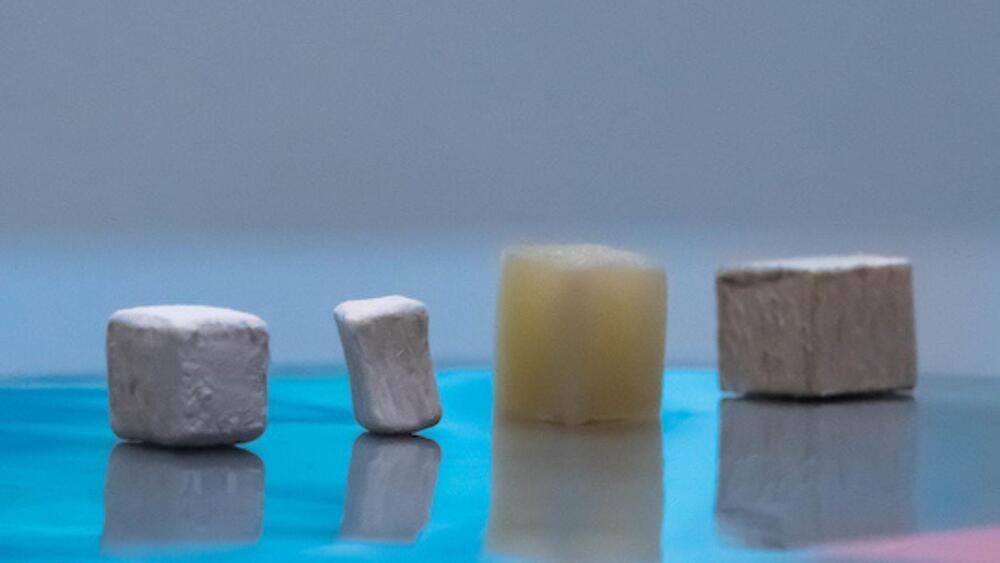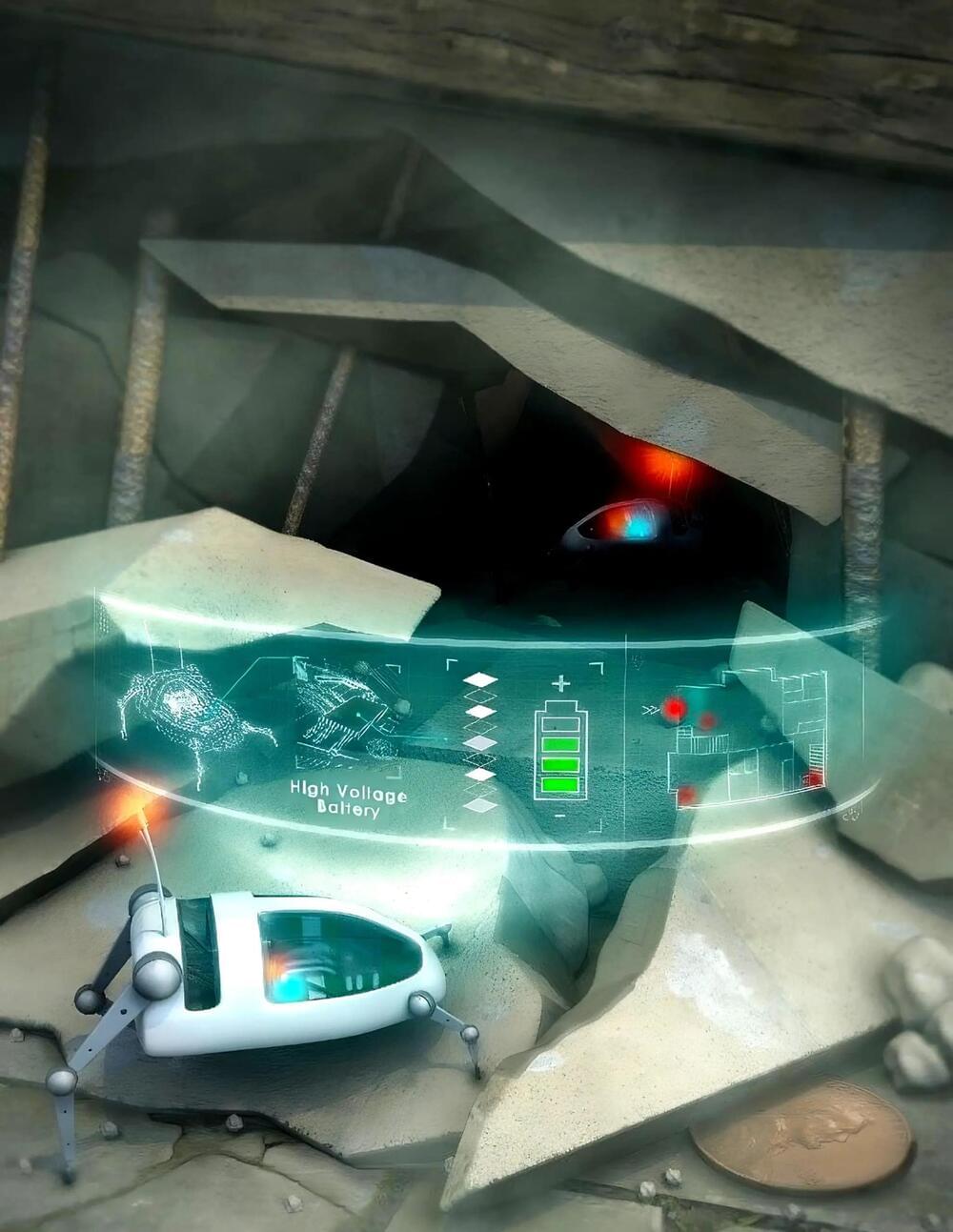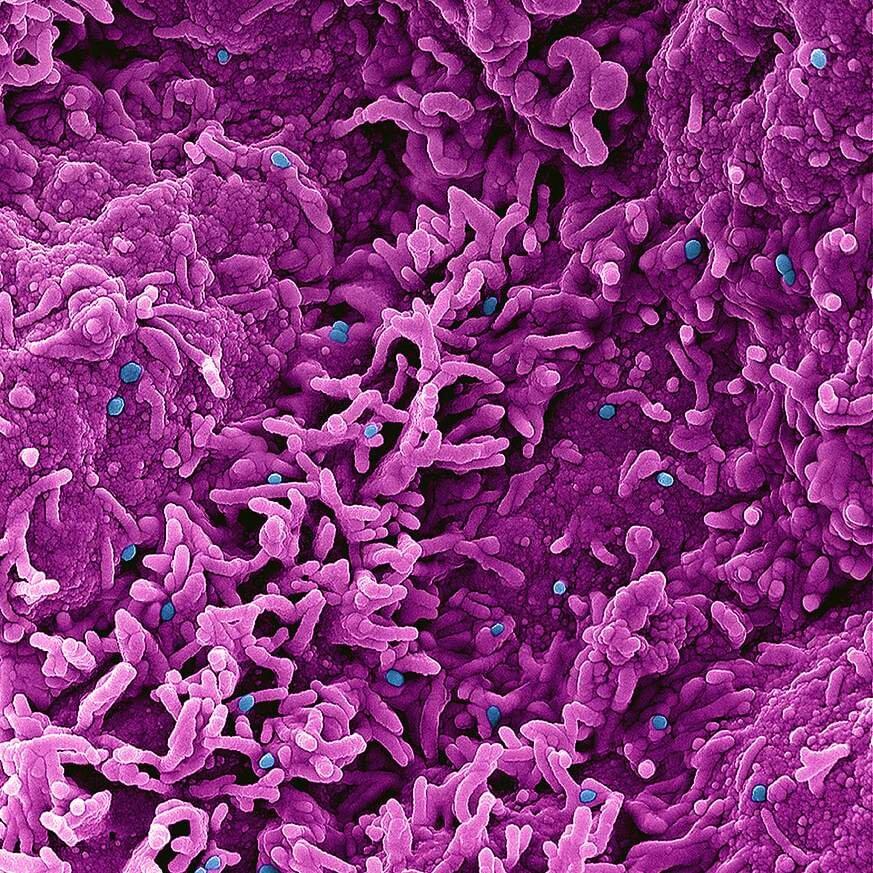The substance can be administered via intravenous injection and holds the possibility of being used in the treatment of conditions such as heart attacks and traumatic brain injury, among others.
An innovative biomaterial has been developed that, when injected intravenously, reduces inflammation and stimulates cell and tissue repair. The efficacy of this biomaterial in treating heart attack-induced tissue damage was demonstrated through successful testing on both rodent and large animal models. The researchers also provided proof of concept, based on a rodent study, suggesting that the biomaterial may prove beneficial in the treatment of traumatic brain injury and pulmonary arterial hypertension.
“This biomaterial allows for treating damaged tissue from the inside out,” said Karen Christman, a professor of bioengineering at the University of California San Diego, and the lead researcher on the team that developed the material. “It’s a new approach to regenerative engineering.”





